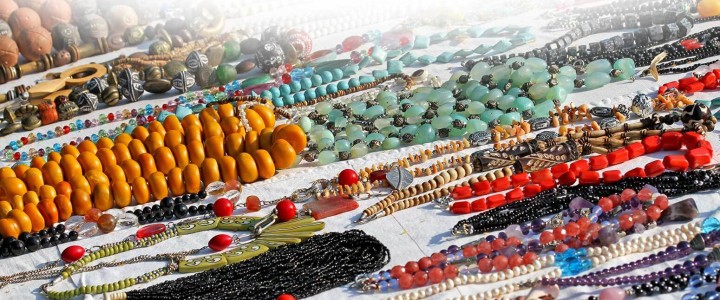There are many religions that feature hunters and providers. In Candomble, it’s no different. Oxossi is the Orixa that’s most commonly associated with the hunt and providing food, and is thus known as the God of Prosperity. However, like the other Orishas, Oxossi has some human failings, and can end up being the Orixa who is the father of waning or lack of provision.
Oxossi’s primary personality traits include lightness, cunning, wisdom and so on. Also, you might be surprised to know that Oxossi is not just about things like hunting and providing. He also loves the arts, and just about everything associated with that realm, be it sculpting, music composition, dance, etc.
Ceremonies & Offerings
Believe it or not, Oxossi is the one Orixa who is considered to have a partner, Ogum, who is Oxossi’s brother. They complement each other so well.
However, the focus is chiefly on Oxossi for now.
Concerning the veneration of Oxossi in Africa: such practices are essentially gone over there, but they are thriving in Brazil. Oxossi’s ceremonial day is Thursday, and the foods usually offered him are pigs, axoxo, corn and coconut. Parades that are thrown for Oxossi often show him with his bow, arrows, shield and animal tail, which is often a symbol of leadership. He is thought to not only hunt animals and provide food, but also to hunt good energies and positive influences, and represents overall dynamism and optimism.
By contrast, despite his inherently active nature, he has a passive nature that is on the lazy side, and in reality, it is this indolent side that has his brother prodding him to learn hunting skills.
Oxossi’s colours are green, blue and bright red, with green being the most common. His personality is affable, altruistic, selfless and friendly, though he is also known to be rather tense and austere. Because he carries a bow, naturally, archery is one of his symbols, as is an ox horn that lets out a sound that translates to “Lord, hear my voice.”
Finally, Oxossi tends to be syncretistically connected with St. Sebastian in the Rio de Janeiro region, and Saint George in the Bahia area.
Oxossi isn’t quite as famous as, say, Yemanja or Omolu, but he is no less venerated, especially in Brazil, since he has three specific feast dates: Corpus Christi, April 23rd and January 20th. If you connect with the forest, and have a love for the arts, chances are, you might have a connection with Oxossi.


